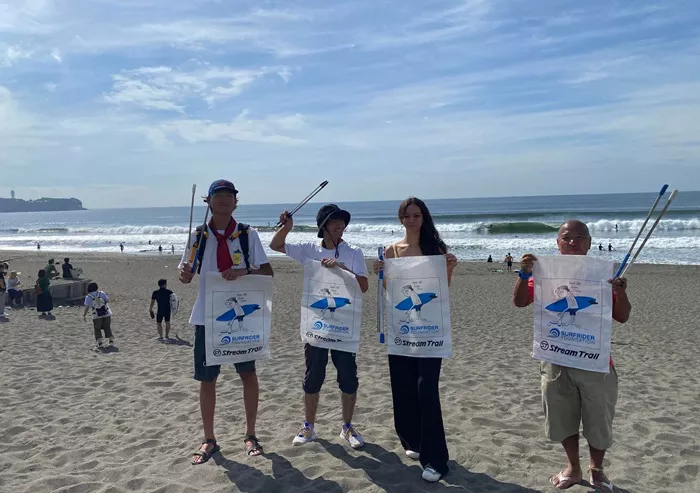Surfrider Foundation Canada has introduced the ReSurf Program, a pioneering initiative designed to tackle the environmental footprint of surf gear. The program focuses on upcycling old surfboards and neoprene wetsuits that are often discarded into landfills, providing a sustainable solution for the surf community.
The Problem: Surf Gear Waste
Surfing, a sport with a global following, attracts many environmentally conscious individuals. Yet, paradoxically, the gear used—primarily made of foam and neoprene—poses significant ecological challenges. Surfrider estimates that each year, over 14,000 pounds of wetsuits and 11,000 pounds of surfboards end up in the West Coast Landfill near Tofino, British Columbia. Historically, these items have contributed to mounting waste, with few options for recycling or repurposing.
Adam Gilmer, operations manager for the ReSurf Program, commented, “We’re looking forward to collaborating with local surf shops, surf schools, and the community to manage surf gear at the end of its life. Through these partnerships, we can create a more sustainable future for our coastlines and the sport we love.”
A Circular Economy Approach
The ReSurf Program, based in Ucluelet—located just a short drive from Tofino—aims to upcycle these materials and return them to the economy through a circular model. In partnership with industry leaders and local landfills, Surfrider is developing methods to transform old wetsuits into ground neoprene powder. This powder will be used to manufacture a range of products, from yoga mats to playground flooring, and even new wetsuits, effectively creating a closed-loop system for neoprene.
On the surfboard front, the program addresses the challenges of upcycling EPS foam boards. According to Daniel Raab, a Surfrider Canada representative, the process begins by disassembling soft-top EPS boards to extract materials such as the top layer and core. These parts are then repurposed into upcycled pellets, which can be used in the creation of new products, further promoting a circular economy.
In addition to the upcycling processes, ReSurf will also feature a research and development wing. This facility, known as the “Blue Barrel,” will work closely with local shapers and major surf brands to refine techniques for the reuse of surf gear. The goal is not only to recycle but also to reduce pollution through more innovative, sustainable practices.
As Raab explained to CBC, “Recycling is an important first step, but ReSurf is also focused on improving these solutions and advancing the science behind them.”
A Growing Need for Sustainable Solutions
With the number of surfers globally increasing by 35 percent over the past decade, the environmental impact of surf gear waste has become more urgent. Surfrider Foundation Canada hopes that the ReSurf Program will serve as a model for other coastal communities and industries, helping to mitigate the environmental impact of surfing while fostering a more sustainable future for the sport.
Surfrider Canada’s initiative represents a significant step forward in addressing the ecological challenges facing the surfing industry. By diverting waste from landfills and creating a circular economy for surf gear, ReSurf offers a promising solution for environmentally-conscious surfers and the broader community.

